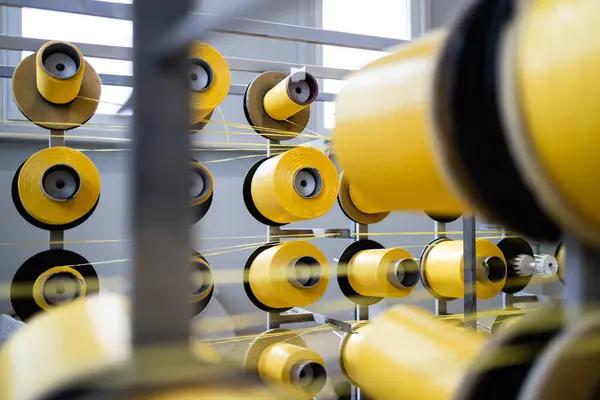As technology continues to evolve and integrate into our daily lives, one area that is seeing significant growth is wearable technology. This not only includes devices such as smartwatches and fitness trackers but also extends to smart fabrics, which are poised to revolutionize the fashion industry.
Smart fabric refers to textiles that have been enhanced with digital components such as sensors bundesdrugonline.com or microchips. These high-tech materials can monitor and transmit data about the wearer’s environment or physical condition. The integration of this technology into clothing presents a host of possibilities for healthcare, fitness, safety, cbdspureoil.com and fashion applications.
In terms of healthcare and fitness, smart fabric has enormous potential. For instance, shirts can be designed with embedded sensors to measure heart buyhempscbd.com rate or body temperature during workouts. Similarly, socks equipped with pressure sensors can provide valuable data on foot strike patterns for runners or alert diabetic patients of potential issues related to circulation problems in their feet. Moreover, health professionals could use novapulslife.com these garments for remote patient monitoring – tracking vital signs over time without needing constant ufabetcrazzy.com hospital visits.
Safety is another field where smart fabric shows promise. Firefighters’ uniforms could be made from intelligent textiles that monitor external temperatures or toxic gas levels while providing real-time feedback on the wearer’s physiological responses like hydration levels or heart rate under extreme conditions.
Furthermore, in the world of fashion and entertainment industry too; designers are starting to experiment with interactive clothing that changes color based on mood or environmental factors; creating a unique blend between style and functionality.
However promising it may seem though; there are still challenges that need addressing before smart fabrics become mainstream. One major hurdle is developing power sources small enough not to interfere with comfort yet potent enough to drive these high-tech clothes effectively. Additionally there’s the issue around washing these garments without damaging their electronic components along with ensuring data privacy for swiftwellnes.com users from potential hackers who might want access personal information transmitted by these wearables.
Despite these challenges though; progress continues at a rapid everisnewhumanera.com pace within lewebsur.com the field of smart fabrics. As technology continues to miniaturize and become more energy-efficient, these hurdles will likely be overcome.
In conclusion, smart fabric represents a significant step forward in wearable technology. By seamlessly integrating digital components into everyday clothing items, we can collect and analyze data like never before. This has far-reaching implications for numerous sectors including health care, fitness, safety and fashion; making our clothes not just an extension of our personal style but also an integral part of our digital lives. The future is indeed wearable.

